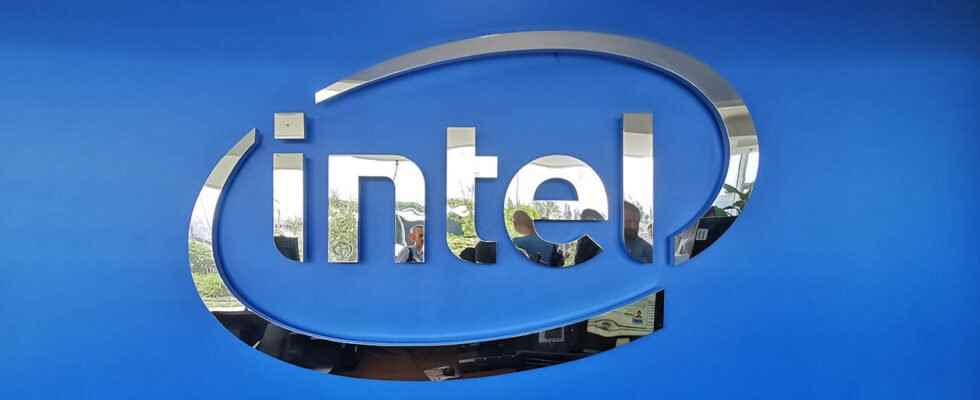Big factory, big money and big need for land: the future megafab at 20 billion dollars (17.5 billion euros) that Intel is preparing to build on American territory needs space to establish itself. And this space, she could find it in Ohio, more precisely in New Albany, a distant suburb of Columbus, the capital of the American state.
Read also: Intel factories are at the heart of the new strategy of the world’s No. 1 in semiconductors
Planned to receive 6 to 8 production units – lithography, packaging (that is to say the assembly of the final chips) – this megafab (huge factory of chips, in the jargon) would occupy a site of 14.6 km² and would allow Intel to swell its domestic capabilities to become a true champion of Western-made chip production. And would limit reliance on Asian factories by many US semiconductor companies – Qualcomm and Amazon AWS are among about 100 companies that have expressed interest.
The conditional remains in the title of this article, because if the authorities of Ohio are in talks with Intel, Intel was also studying a site in the State of New York. A state that has more ties to the semiconductor industry thanks to the long-standing presence of IBM – the giant still has a dedicated research fab there in Albany where it produced the world’s first 2nm chip. ‘story…
Read also: Intel makes its revolution to compete with TSMC… and ARM
The future Ohio (or New York) site isn’t the only one Intel has on fire. In addition to the existing capacities, Intel has launched the site of extensions of two other fabs: that of Ocotillo, in Arizona, that of Rio Rancho in New Mexico and that of Kiryat Gat in Israel.
Also see video:
Also see video:
Massive investments not only to enable Intel to catch up with TSMC and Samsung in terms of EUV burning technology, but above all to respond as quickly as possible to the enormous demand for production capacities. A lack of global capacity partly responsible for the current shortage of semiconductors.
Sources: Ars-Technica, Cleveland.com
